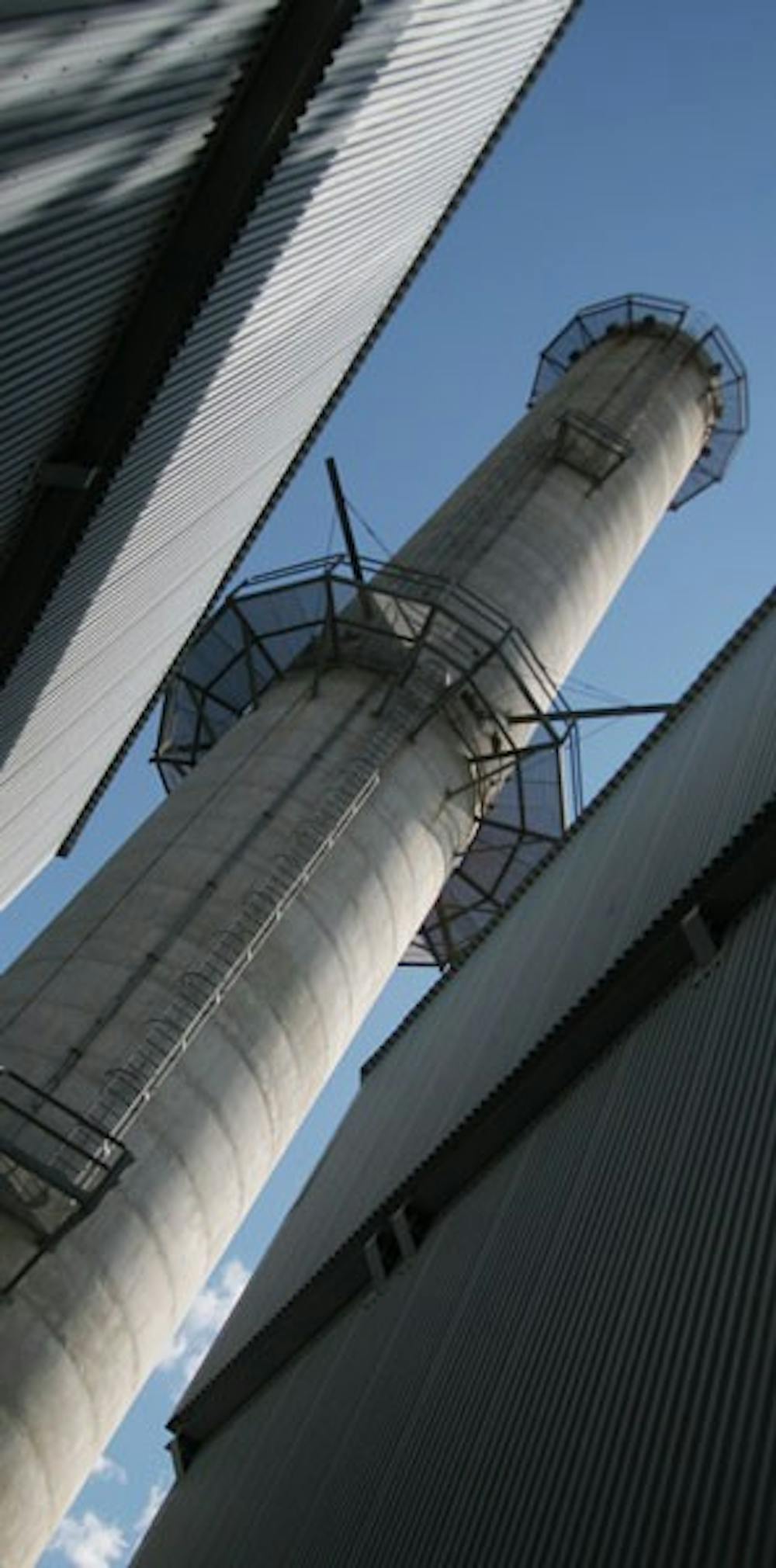The UNC Cogeneration Facility has been getting a lot more attention than usual.
Recent protests on campus against the use of coal have caused the public to turn its focus to the industrial site, which is on West Cameron Avenue.
Activists have been encouraging the University to reduce coal consumption at the facility, which produced 63 percent of campus greenhouse emissions in 2008. Plant managers said plans are already in place to do so.
The facility’s primary purpose is to produce steam for the University campus and UNC Hospitals. Steam is used for heating, cooling, sterilization, distilling water and making hot water.
The plant utilizes cogeneration to produce approximately 25 to 30 percent of all electricity used on campus through steam production, said Ray DuBose, director of energy services.
“It’s critical for the operation of the University and the hospital,” DuBose said.
In order to produce the steam and electricity used across campus, the cogeneration plant burns coal, fuel oil and natural gas.
Tim Aucoin, the plant’s regulatory compliance coordinator, said the facility monitors all pollutant emissions, but only nitrous oxides and sulfur dioxide — key components of ozone depletion and acid rain — are regulated.
“Carbon dioxide just isn’t a monitored gas yet,” he said.
Laura Stevens, a representative from the national Sierra Club’s “Moving Campuses Beyond Coal” campaign, said carbon dioxide should be monitored, and that in 2007, the plant emitted 320,000 tons of global warming pollutants.
“That’s like having over 50,000 cars on the road,” she said.
The Sierra Club’s program collaborated with UNC students to protest the cogeneration plant’s practices.
The protest, held in the Pit on Monday, gathered 280 supporters to voice their opposition to the burning of coal.
Sara Mishamandani, a junior, was among those protesting.
“A lot of people didn’t even realize we have the plant on campus,” she said. “Their eyes were opened up by the amount of carbon dioxide emissions.”
DuBose said the University is committed to reducing the plant’s carbon footprint.
In 2007, former Chancellor James Moeser pledged the University to the American College and University Presidents’ Climate Commitment, a promise to become climate neutral by 2050.
In order to reach this goal, the University has produced the Climate Action Plan, which details ways to reduce campus emissions.
DuBose said that one method to reduce the plant’s emissions is to replace the type of fuel that the facility burns.
The plant will begin testing more environmentally friendly fuels next year, Aucoin said. But the facility has to wait for the go-ahead from the Environmental Protection Agency and the N.C. Division of Air Quality.
Aucoin said these types of changes usually take 18 months to gain approval from the system.
Mishamandani said the University’s efforts are a good first step, but not a final solution. She said the University must take more immediate action to see results.
“They do want to make the effort,” she said. “Our main thing is they’re not making that effort fast enough.”
Contact the University Editor at udesk@unc.edu.
Coal-powered campus

The cogeneration facility’s smokestack rises into the sky. But you won’t see any smoke coming out of it. DTH/Lauren McCay


